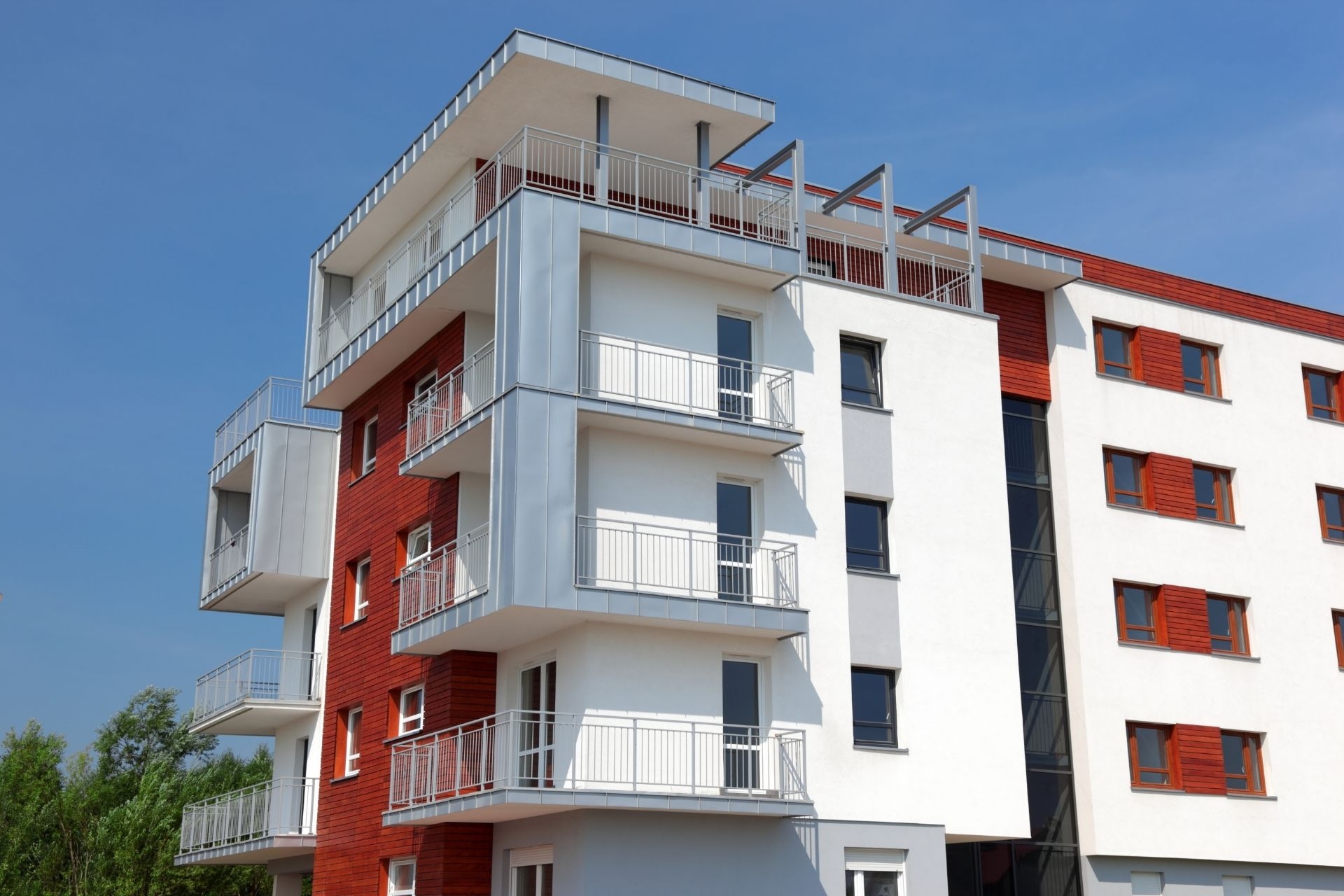Optical Network Terminal (ONT) Installation
How does an Optical Network Terminal (ONT) connect to a fiber optic network?
An Optical Network Terminal (ONT) connects to a fiber optic network through a fiber optic cable that carries data signals from the service provider's central office to the customer's premises. The ONT acts as the interface between the fiber optic network and the customer's devices, converting the optical signals into electrical signals that can be used by devices such as computers, phones, and TVs.
Fiber Optic Internet for MDU Internet Services




